Summer 24
Ketuta Alexi-Meskhishvili, Thea Djordjadze, Nika Kutateladze, Klara Lidén, Albert Leo Peil, Rosemarie Trockel, Andro Wekua
Opening: 11 Jul 2024, 6–9 pm
CCA Berlin is pleased to present Summer 24 with new and existing works by artists Ketuta Alexi-Meskhishvili, Thea Djordjadze, Nika Kutateladze, Klara Lidén, Albert Leo Peil, Rosemarie Trockel, and Andro Wekua. Summer 24 is curated by Thea Djordjadze and Fabian Schöneich and invites a group of mostly Berlin-based artists they have been following for some time. Summer 24 is the first group exhibition of CCA Berlin; it is an experiment and a dialogue with the architecture of the exhibition space.
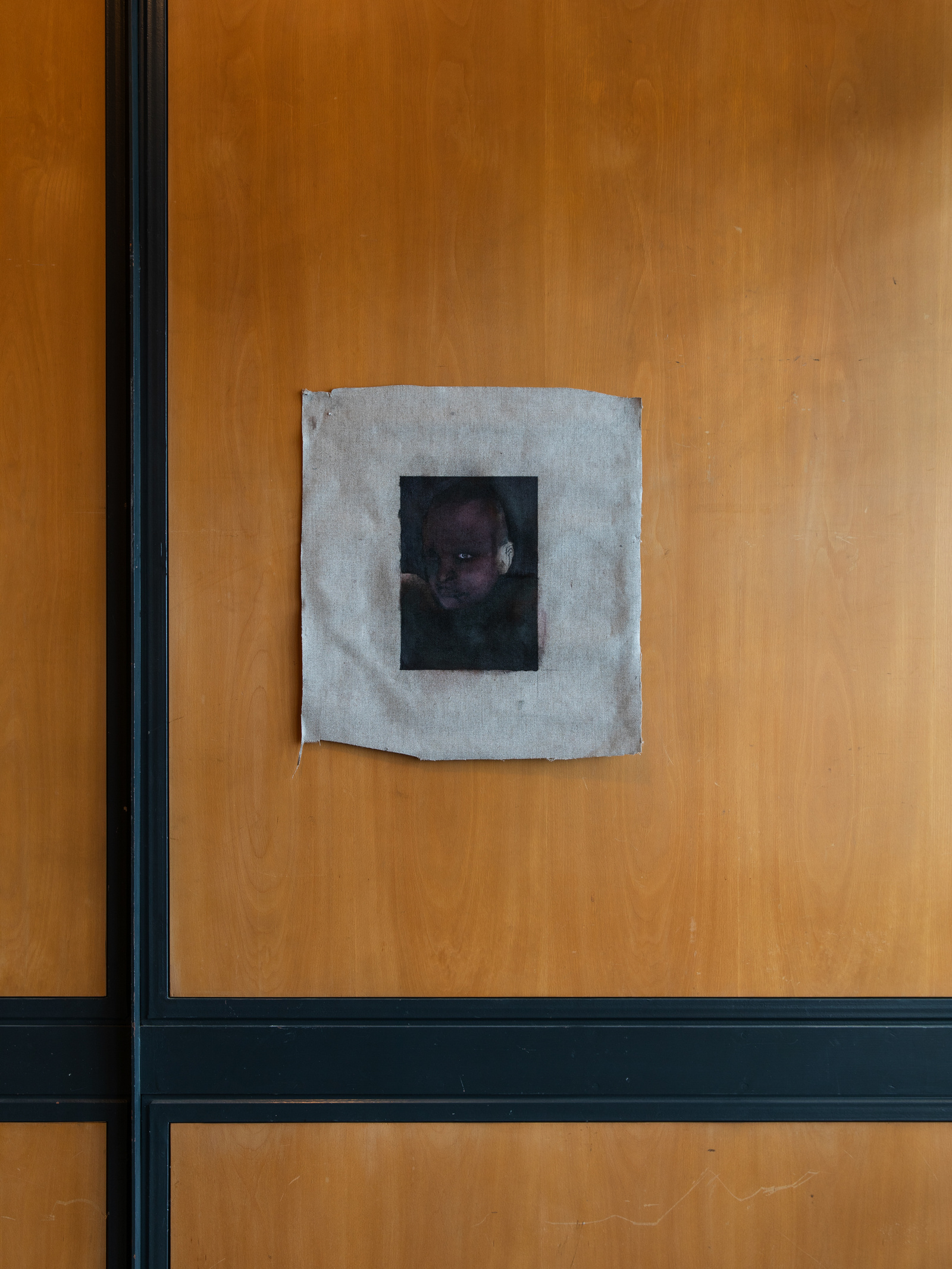
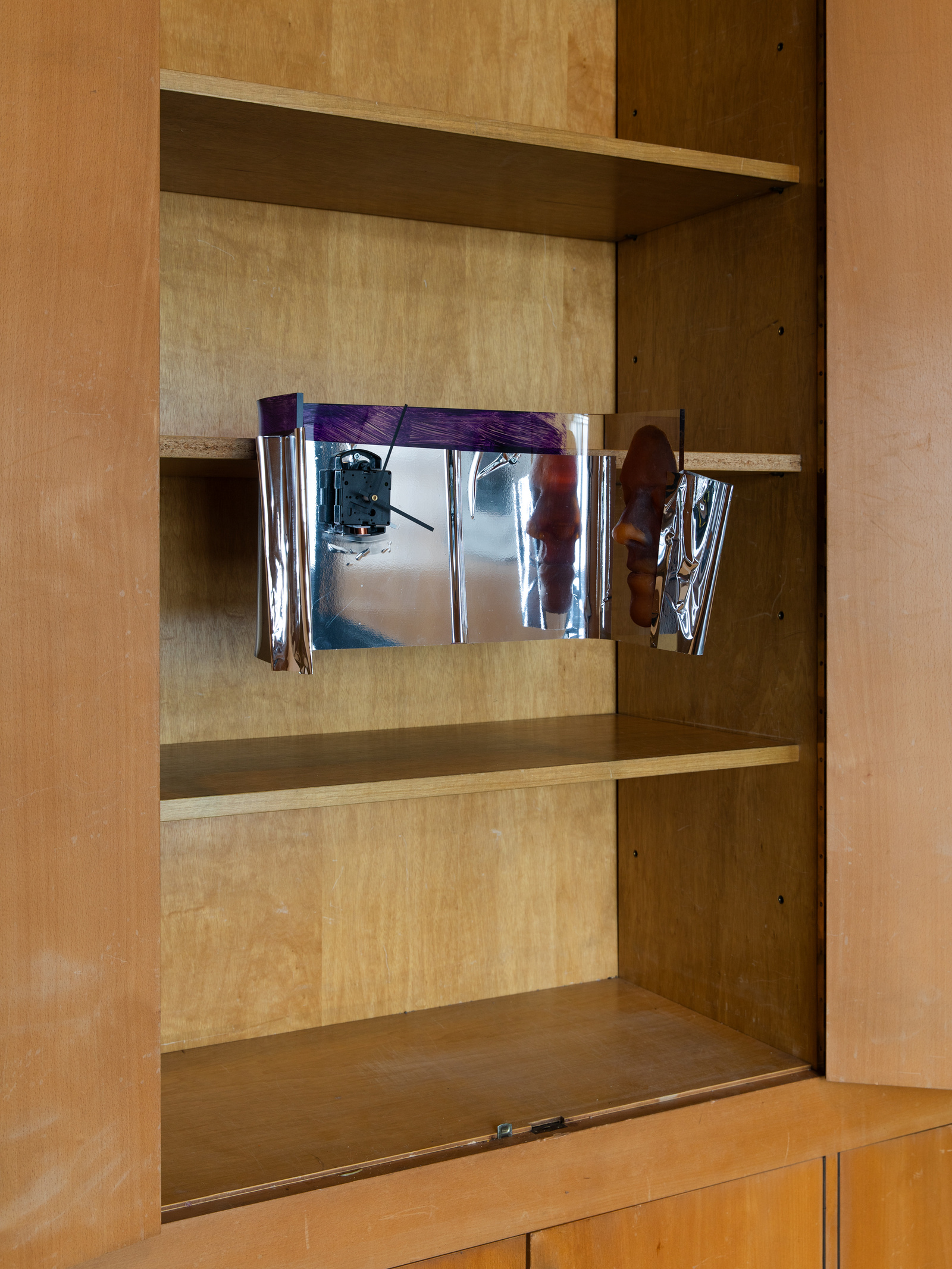
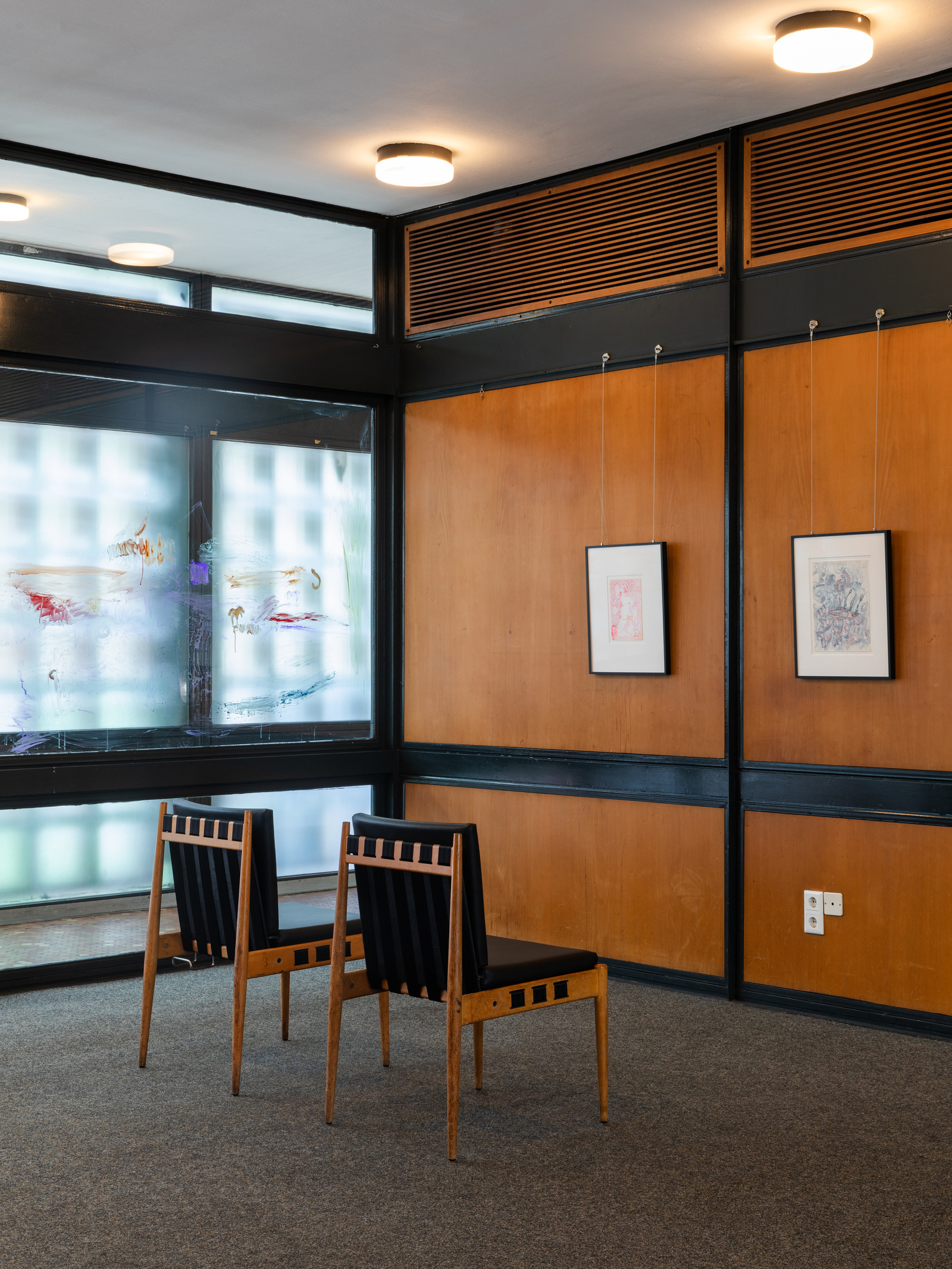
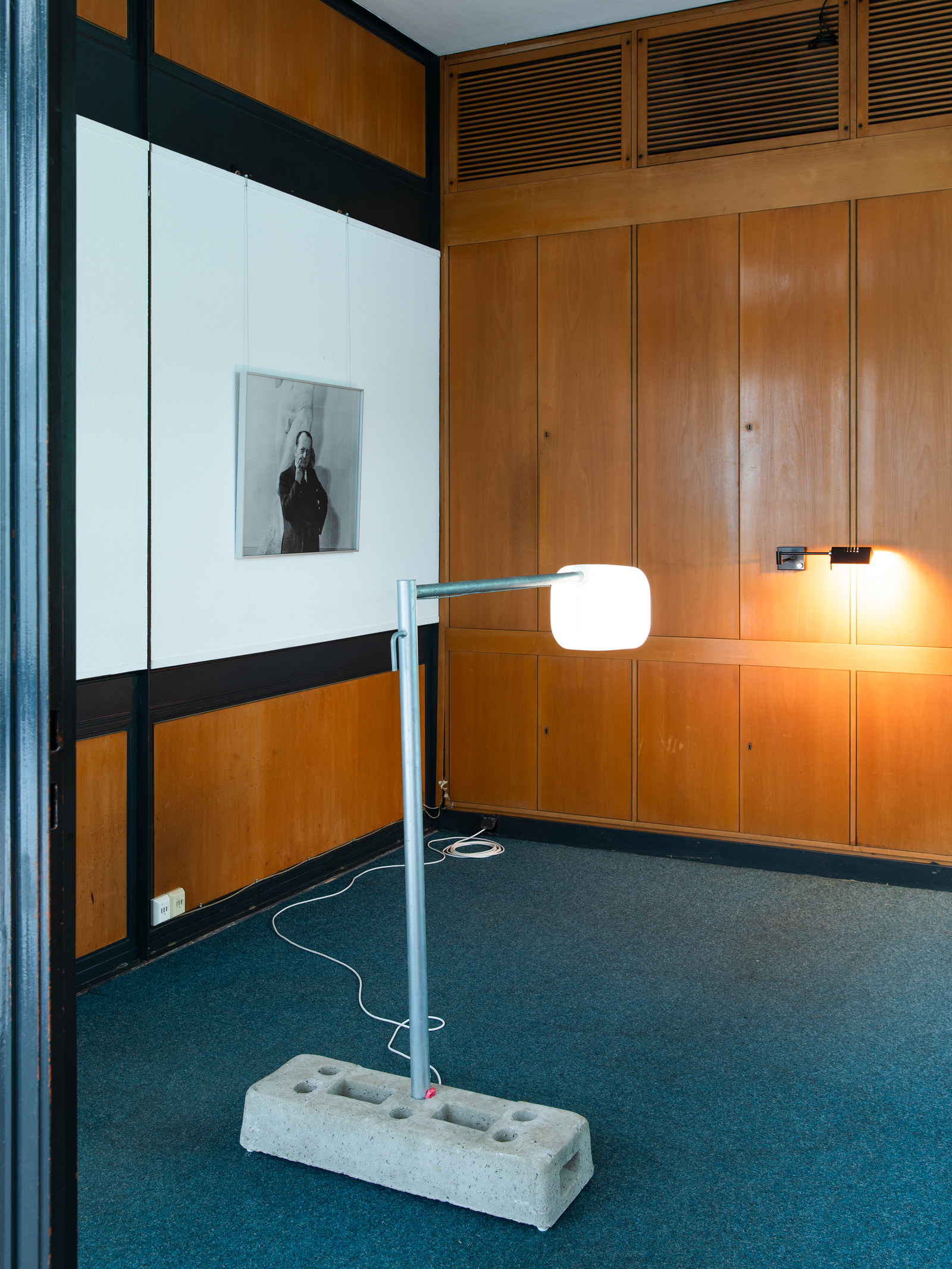
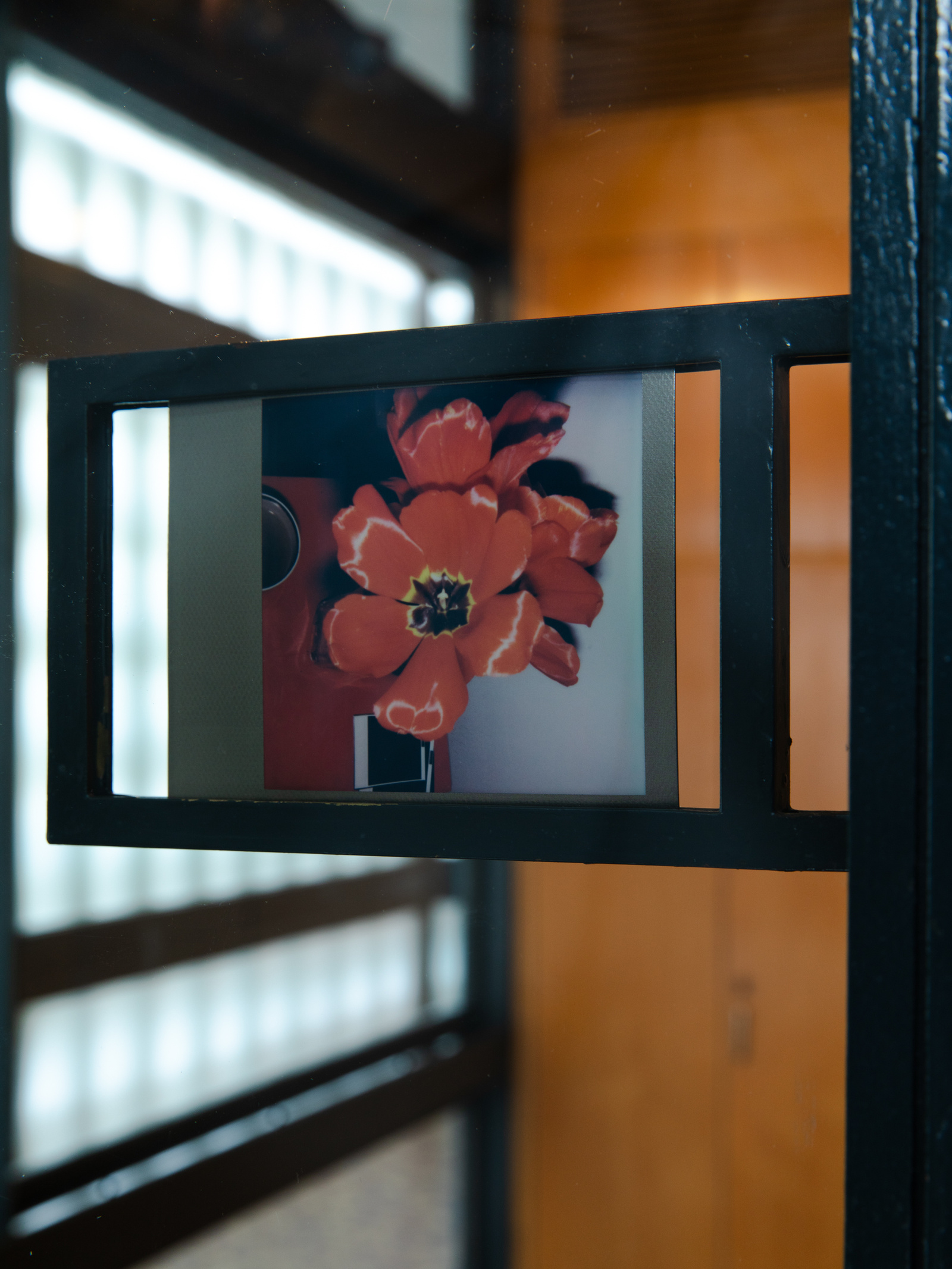
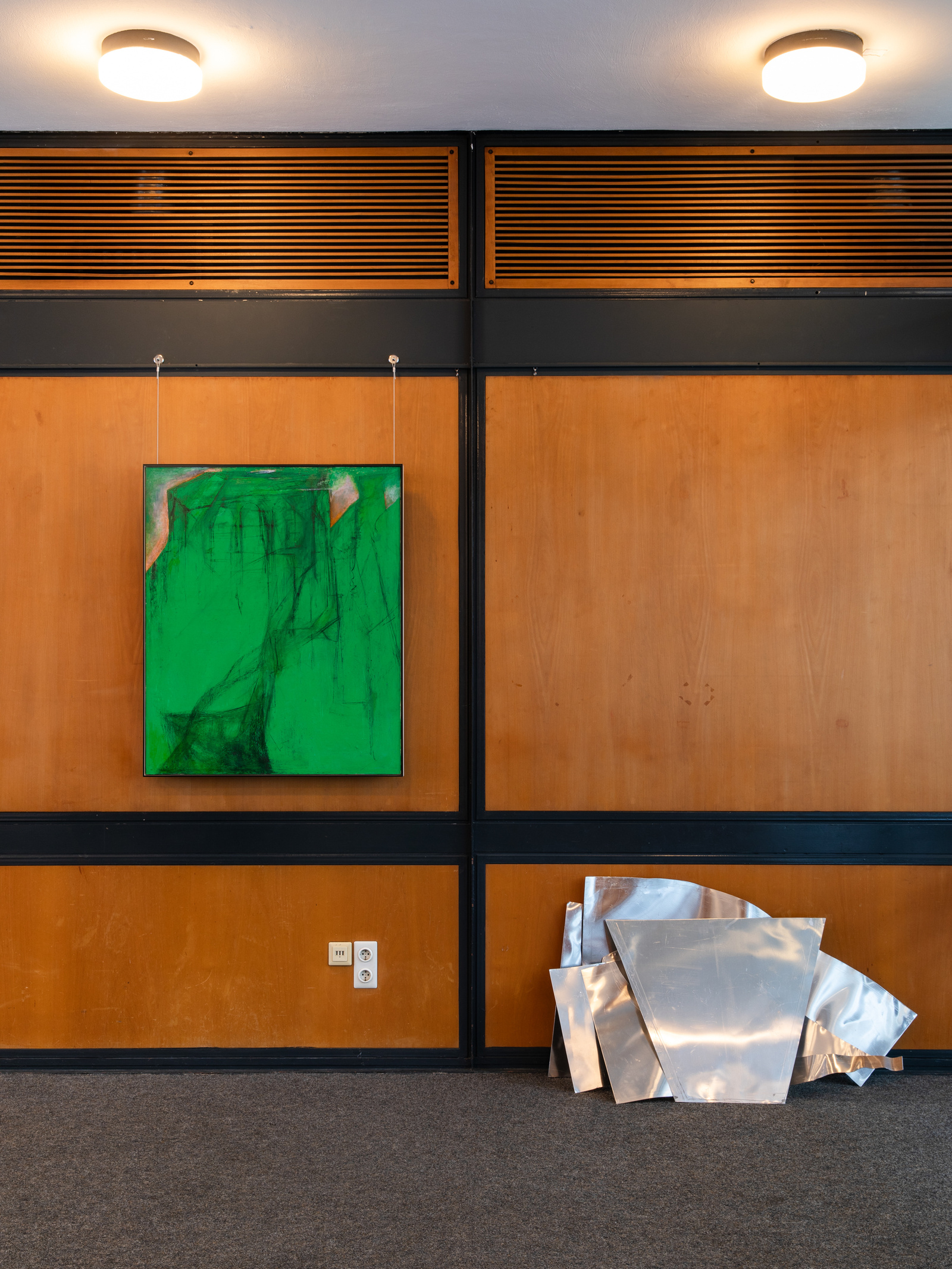

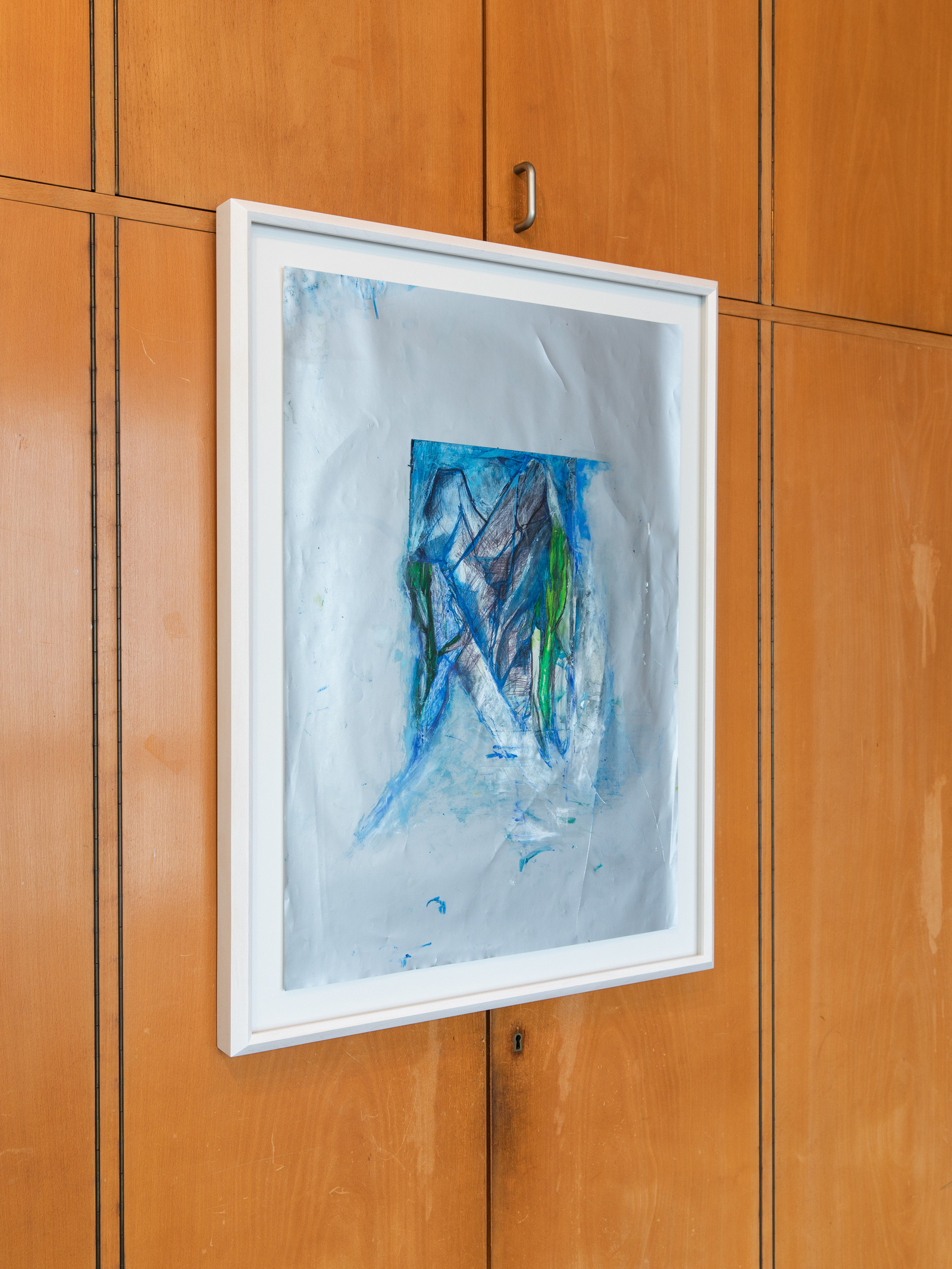
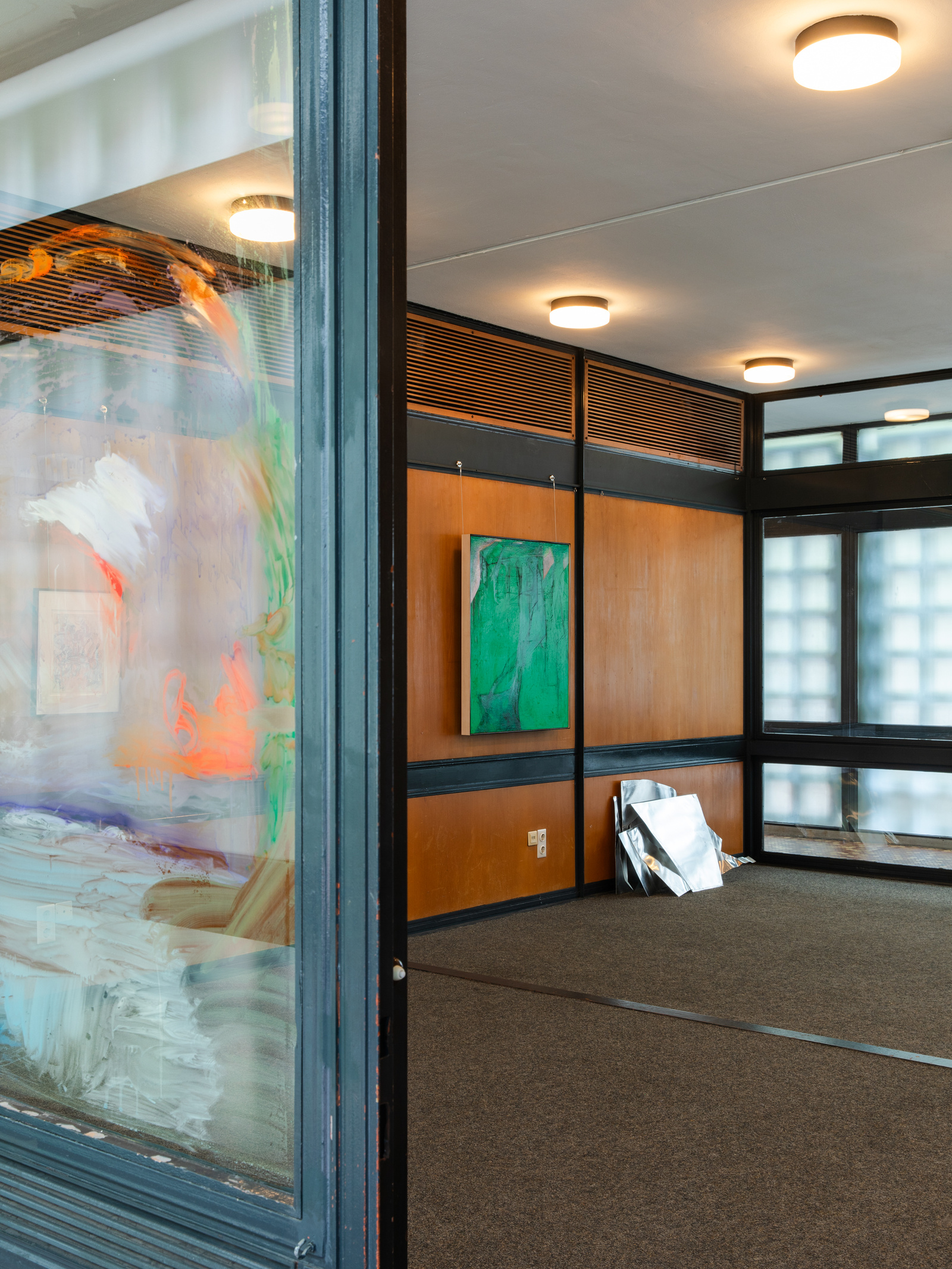

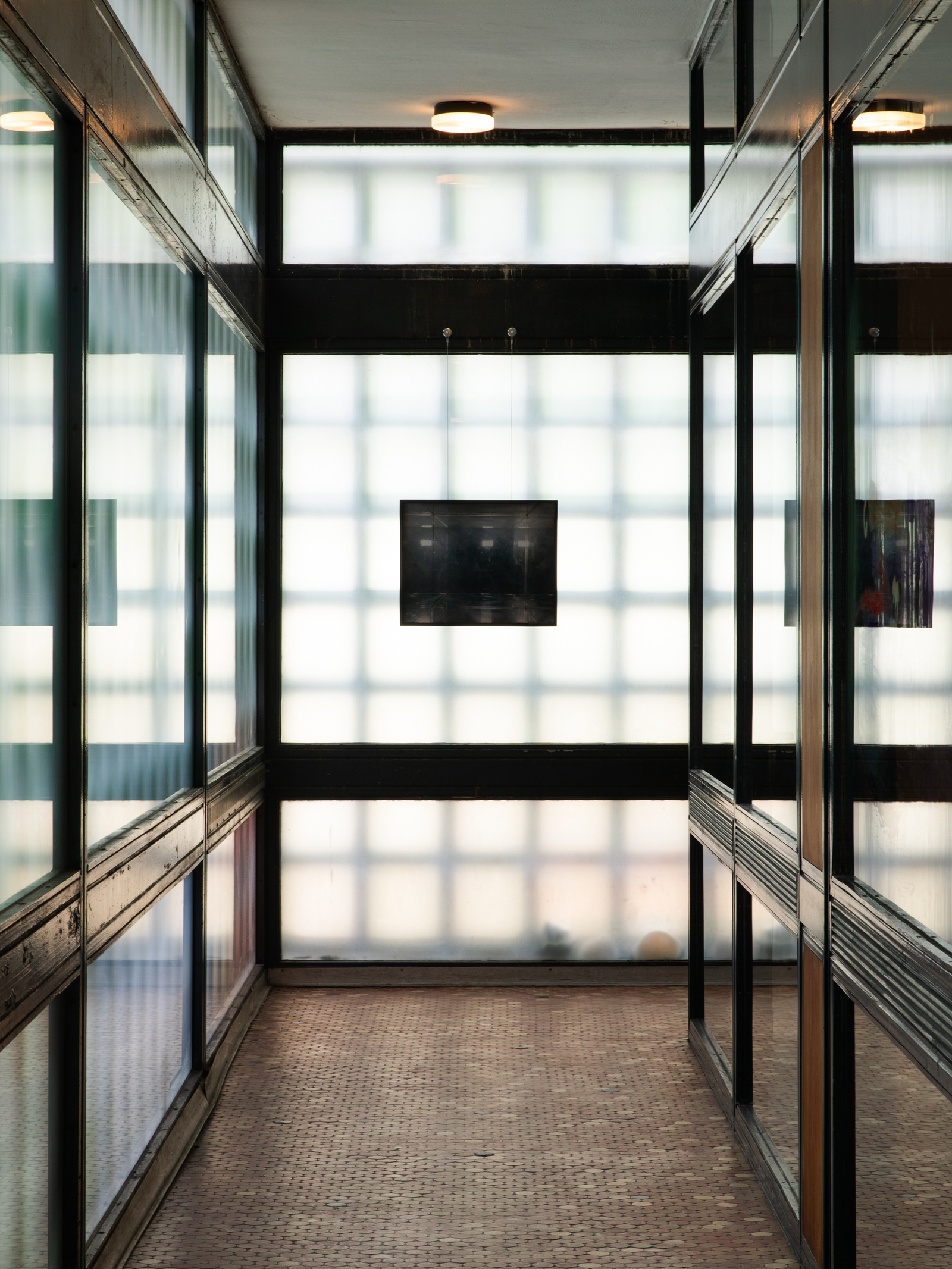
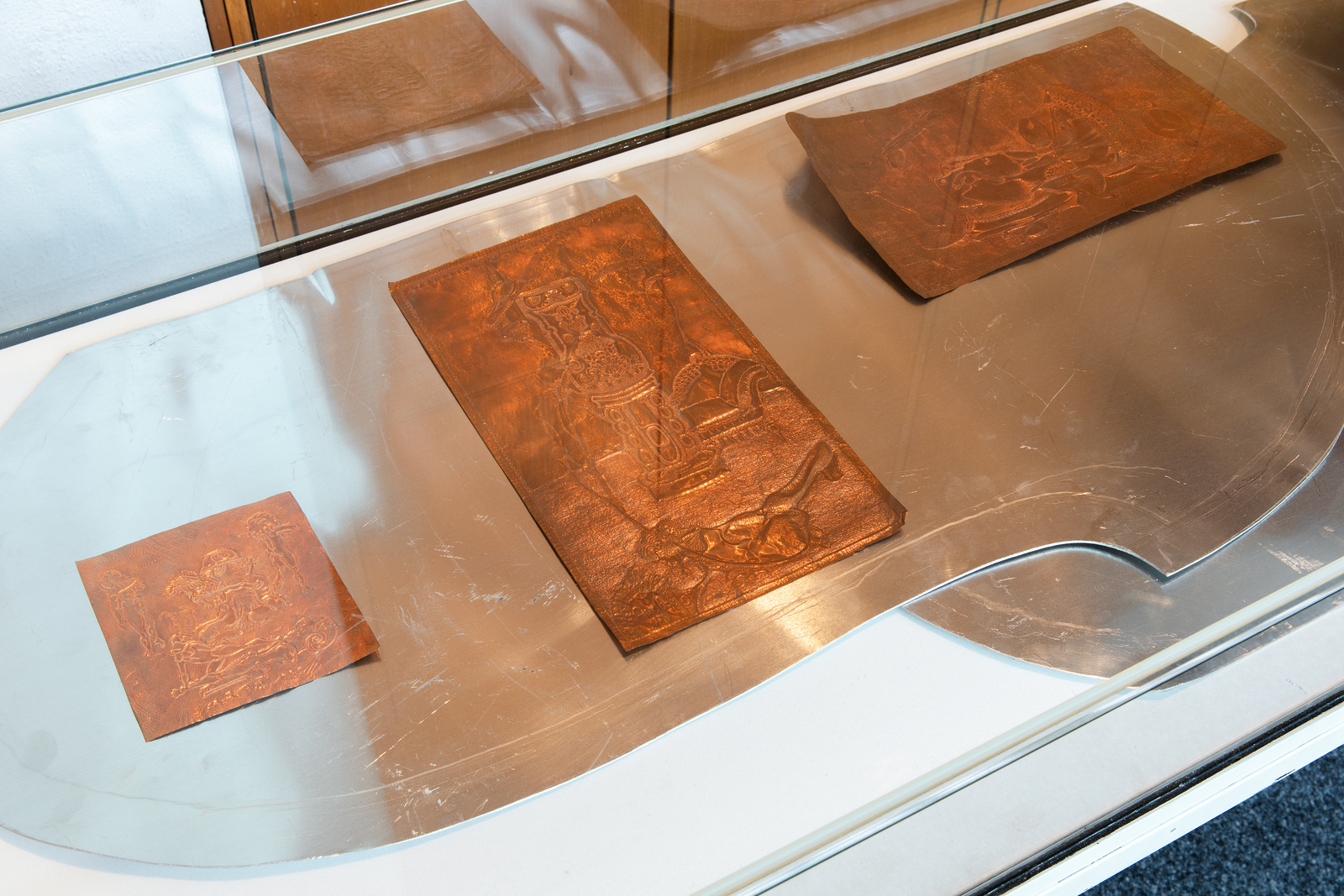

Summer 24, Installation views, CCA Berlin, 2024. Photos: Diana Pfammatter/CCA Berlin.
Ketuta Alexi-Meskhishvili is a Georgian-American artist based in Berlin. Combining analog photographic techniques with digital manipulation to influence, overexpose or contaminate the negative films, she often creates delicate, ghostly images printed onto windows, translucent fabrics, or other unexpected surfaces. Her works emanate a sense of airy beauty emerging from the permeability and mercurial nature of the medium itself, marked by a constant visual oscillation between legibility and blur.
Thea Djordjadze creates sculptures and installations with an unsettling, poetic force. Her works often respond in a subtle, precise way to the conditions of their surroundings, shaking loose the inert charges of the exhibition space. The process-driven character of the Berlin-based, Georgian artist’s practice challenges the notion of the artwork as a fixed object. Her spatial intervention evokes bodily sensations, instinctual responses, and poignant emotions, calling forth unforeseeable ways of perceiving and inhabiting an interior, a room, or an open space.
Nika Kutateladze’s paintings allegorize fragments and signs from personal memories, the meaning of which constantly evades any effort of interpretation. The Tbilisi-based artist often creates uncanny sceneries populated by dreamlike figures with an undercurrent of nostalgia, trauma, desolation and transformation. In his installations and sculptures, Kutateladze also experiments with a wide spectrum of environments, from the natural, urban, architectural, to our innermost psychic landscapes.
Klara Lidén is a Swedish artist, whose practice spans installation, performance and video. Her fascination with scrap materials and functional objects leads to radical attempts to meddle with our perception of space and our understanding of what an artwork is, in ways that are both subtle and unexpected. With a sharp wit, she pointedly makes her sculptures pass as pieces of furniture or inconspicuous urban objects. Their presence often treads the fine line between blending in and appearing out of place.
Albert Leo Peil was a German artist known for his meticulous embossed copper works and ink drawings, in which gender and queerness are the central themes. WIth a multifaceted body of works, Peil created a world of tectonic landscapes populated by idealized figures that combine elements of mythology, celestial beings and cultural icons. Incorporating sci-fi and metaphysical imagery, his compositions are often ambivalent and androgynous, driven by a sense of longing for a future utopia where queer life is majestically sanctified.
Rosemarie Trockel is widely recognized as one of the most influential conceptual artists in Germany. Her sculptures, collages, ceramics, knitted works, drawings and photographs are known for their subtle social critique and subversive, aesthetic strategies. Central to her practice are an astute reinterpretation of “feminine” techniques, the ironic shifting of cultural codes, a delight in paradox, and a refusal to conform to the commercial and institutional ideologies of the art system.
Andro Wekua works in a wide range of media, including collage, painting, sculpture, installation and film. The Georgian-born, Berlin-based artist has built a singular cosmos where fragments of personal and political memories converge and collide in haunting assemblages. Wekua’s practice illuminates the dark, interstitial spaces of emotion with subtle symbolism, in order to highlight the ambiguities of history.